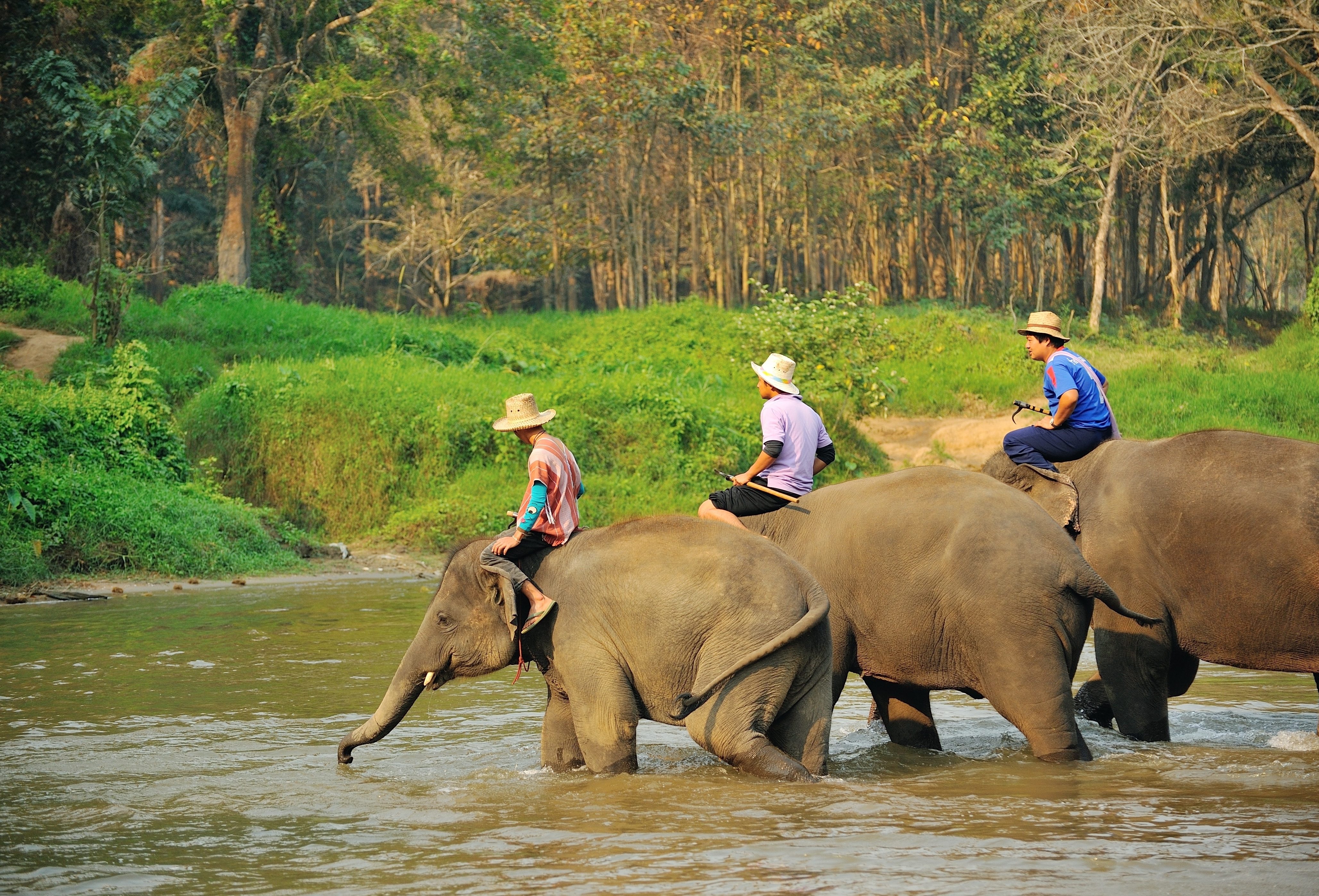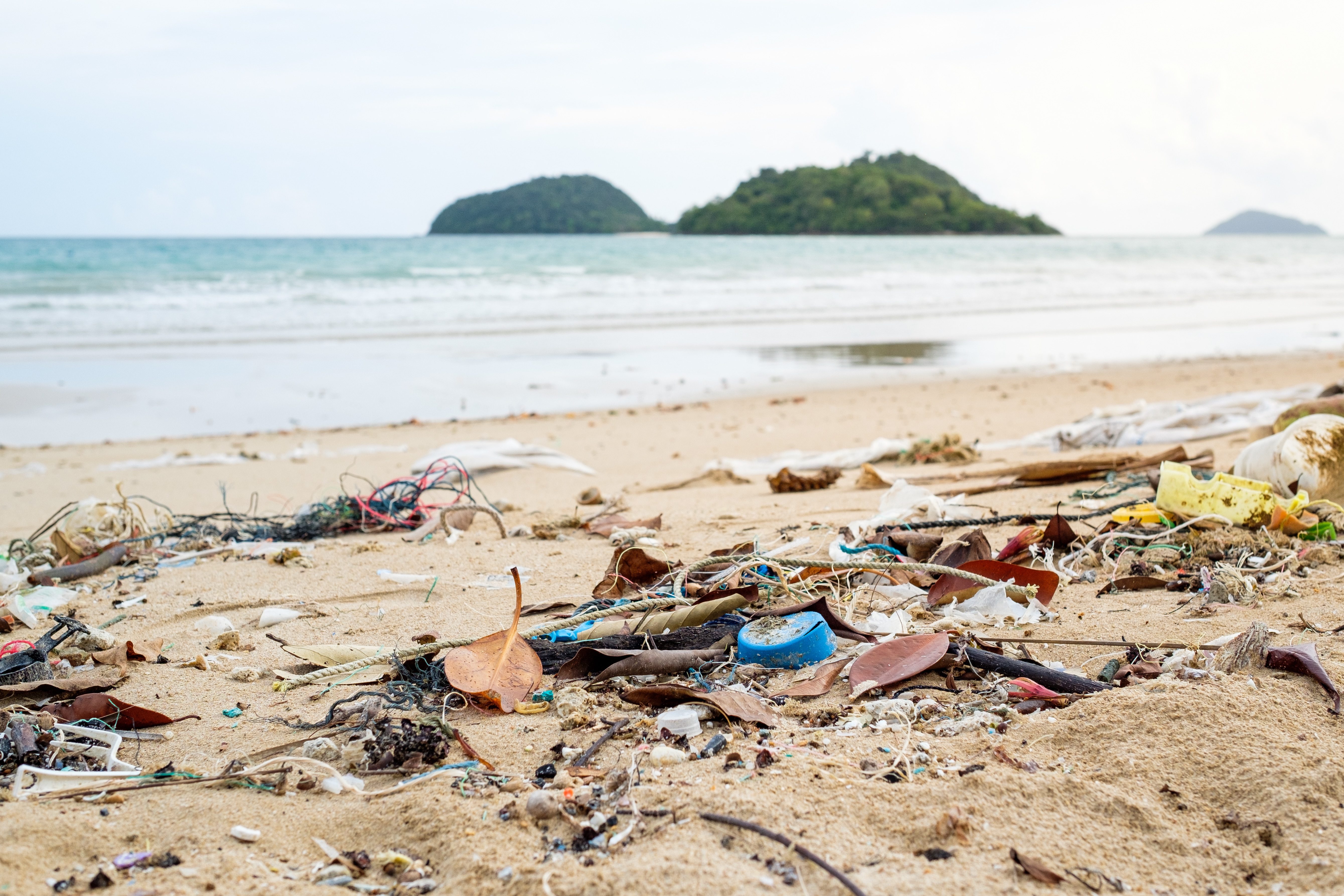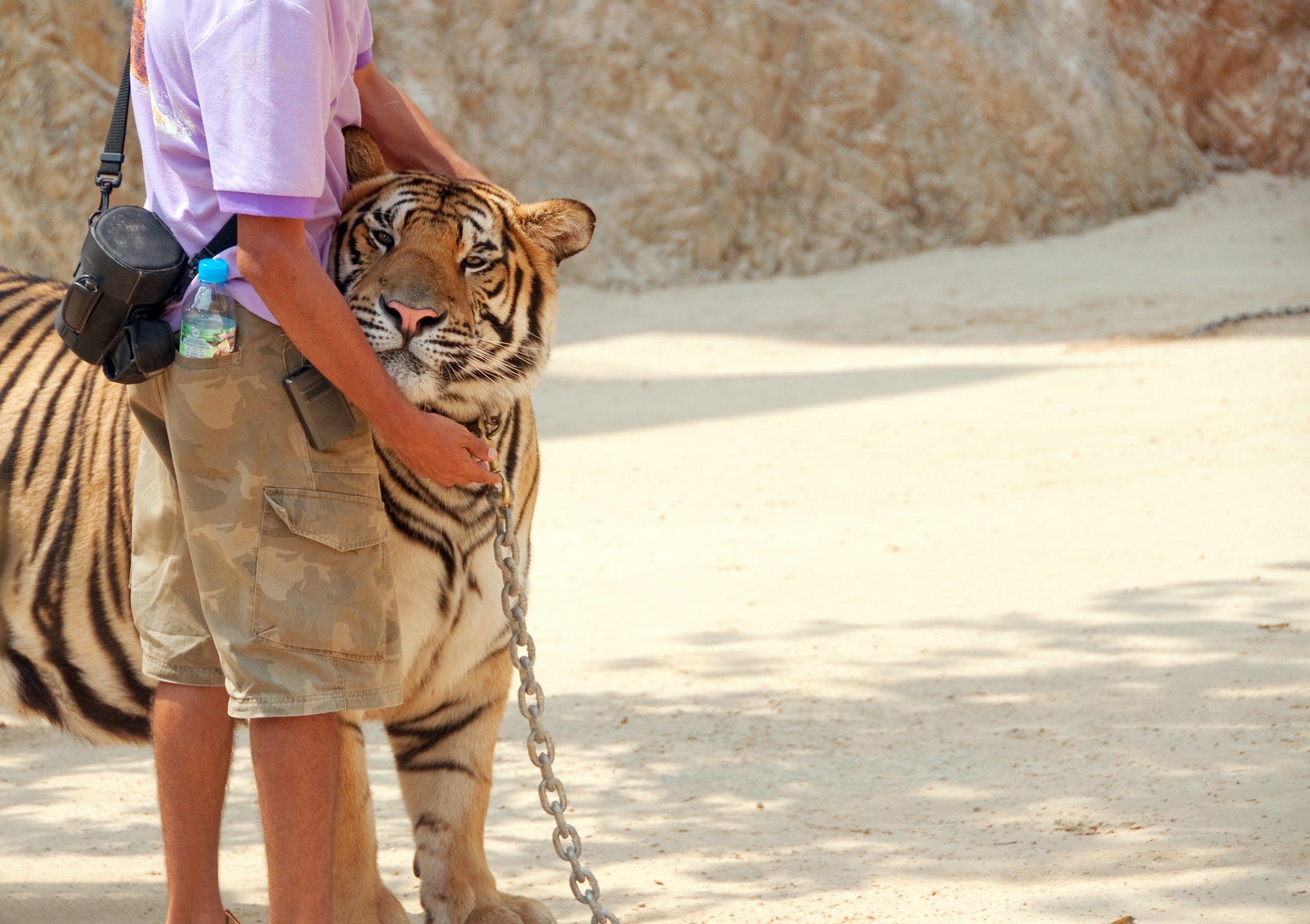Why irresponsible tourism must be limited
From riding elephants to littering on mountain trails, there are many behaviours and activities that contribute to irresponsible tourism. To ensure your next trip is ethical, aim to head home confident in the knowledge that you’ve had a positive impact on the destination’s environment, people and wildlife populations.
What is irresponsible tourism?
When an activity targeted at tourists harms the local environment, people or wildlife, it is a form of irresponsible tourism. The term irresponsible tourism covers a broad range of activities, from visiting orphanages to petting wildcats. It encompasses any activity that might cause a negative impact, whether directly or indirectly.
Some irresponsible tourism activities might be tempting for people exploring a new place. This could be especially true if the activities are marketed in a positive light by local tour guides, where the full details might not become clear until the tourists are committed. It might sound like a dream come true to swim in a bay where you are guaranteed to have a close encounter with sea turtles, for example. But this must be limited.
At first, it might seem like an ethical activity but, in this example, the tour operators might be feeding the turtles to keep them in the bay and encouraging tourists to swim very close to, or even touch, the turtles, which will undoubtedly inflict stress on the animals.
To avoid unintentionally contributing to businesses that harm the destination and its inhabitants, it is, therefore, important that we all do our homework before embarking on a new adventure and make ourselves aware of the types of activities that might be damaging. It is much easier to spot unethical tourist attractions when you know what to look out for.
Negative impacts
There are various factors to consider when deciding whether or not an activity comes under the umbrella of irresponsible tourism. Negative impacts could be environmental (for example, noise pollution, damage to coral reefs, habitat destruction), people-related (for example, overcrowding, cultural disrespect, disruption to day-to-day life), or directly related to wildlife (for example, poor animal welfare, causing population declines).
»Tourism that respects nature, culture, and people is urgently needed for our planet and future generations.«
Irresponsible tourism attraction examples
Some examples of irresponsible tourism activities include anything involving close encounters with wild animals, damaging natural environments, anti-social behaviour and child exploitation. Attractions exploiting wildlife and children are particularly common in tourist destinations around the world.
Irresponsible wildlife tourism
Before visiting any attraction involving captive animals (including zoos and aquaria) research the animal welfare standards; the country’s animal welfare regulations (if they have any) might not be as strict as you’re used to. Consider animal welfare when you are looking at attractions in an animal’s natural environment, too. Ask yourself: Does this animal have the freedom to undertake all of its natural behaviours? If not, visiting and/or spending money on the attraction would be considered irresponsible tourism.
Irresponsible child tourism
Keep child exploitation in mind when you travel. Remember: children are not tourist attractions. On the surface, visiting orphanages, children’s homes and schools, and giving to begging children, might seem like positive behaviours but they can all contribute to child poverty and exacerbate abuse. If you see any illegal child exploitation (for example, are offered sex with children) report it to a local organisation or police.

Travel blacklist
Question the ethics of all activities on offer during your trip. Some common irresponsible tourism attractions to avoid at all costs include:
- Riding animals (e.g. elephants, donkeys)
- Photograph opportunities with captive wild animals as props (e.g. with big cats or primates)
- Visiting orphanages or children’s homes
- Buying traditional Asian medicine
- Close encounters with wildlife
- Animal theatricals (e.g. dancing monkeys, cobra charming, whale and dolphin shows)
- Visiting wild animal farms (e.g. crocodile farms)
- Buying animal-derived products (e.g. bushmeat or products made from animal skin)
How to be a responsible tourist
Besides avoiding irresponsible tourism attractions, there are ways to have a more positive impact during your stay. Familiarise yourself with the destination’s culture before visiting. Try to learn some of the language if you have time and always dress with respect to local cultures (for example, wearing long sleeves when requested in religious temples).
Try to book local accommodation, where your money will be going to the local community. Be considerate when it comes to photography; before you pull out your phone to take a selfie, ask yourself if that would be a responsible thing to do in the circumstances and always ask permission before you take anybody’s photograph. Lastly, try to leave no trace – don’t litter or cause any disruption to the landscape.
Ruined destinations
Overtourism is usually the most damaging force for popular destinations. In cases of overtourism, there are an excessive number of visitors to a landmark or destination. While some tourism often has benefits for an area, it is impossible to negate the impacts of overtourism on the local people, environment and wildlife. All popular tourist destinations will be affected negatively in some way by the sheer number of visitors – whether that’s in terms of an increase in unethical attractions, damage to hiking trails or local people being forced out of their homes to make way for tourist accommodation.
There are, however, usually ways to visit these places ethically. Avoid the main tourism hubs and venture off the beaten track to reduce your footprint. Some key tips would be to stay for at least a few nights and spend your money with local businesses. If a destination is rife with unethical tourist attractions, it might be best to avoid contributing to that destination’s tourism economy.
Do your research
Examples of irresponsible tourism can be seen all over the globe and so to ensure the travelling experience remains a positive one, every traveller should do their research before embarking on their next adventure. Bear potential impacts on the local environment, people and wildlife in mind. Avoid areas where overtourism is causing damage and head to less explored areas to have a more positive impact (and probably a more enjoyable experience!)
Sign up for the newsletter
By clicking on “Subscribe now” I will subscribe to the Conscious Explorer newsletter with all the information about mindful travel. Information on the success measurement included in the consent, the use of the shipping service provider MailChimp, logging of the registration and your rights of revocation can be found in our privacy policy.













